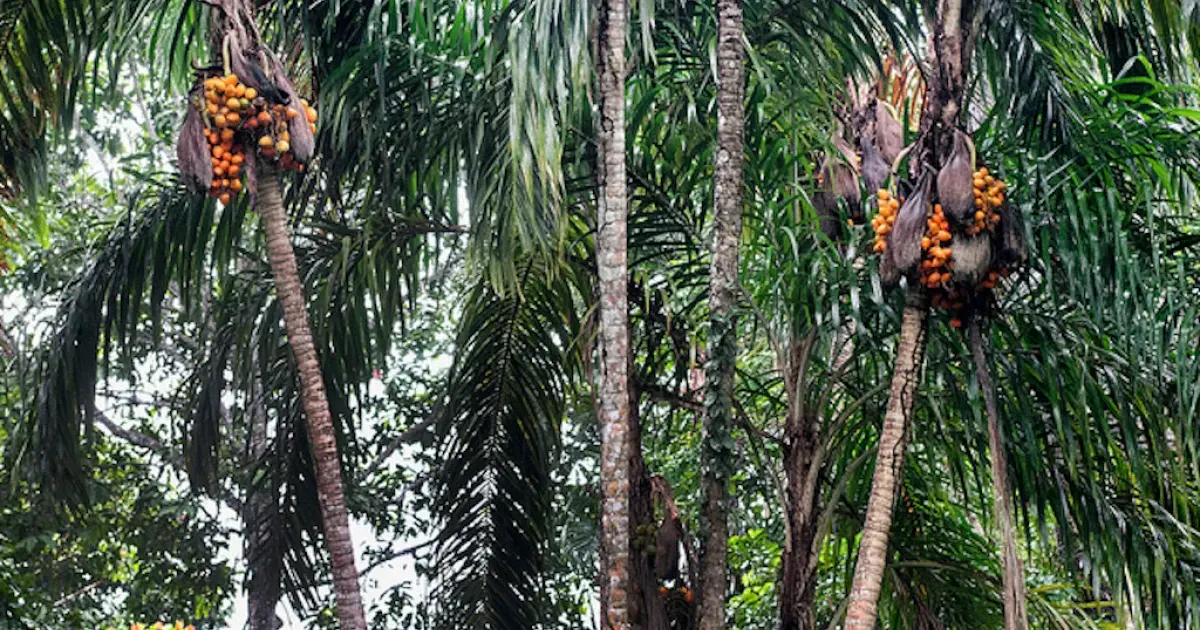Pejibayes
peach palm fruit, Bactris gasipaes
Bactris gasipaes is a species of palm native to the tropical forests of Central and South America. It is well spread in these regions, where it is often cultivated by smallholders in agroforestry systems or more rarely, in monoculture. Common names include peach palm in English, among others used in South American countries. It is a long-lived perennial plant that is productive for 50 to 75 years on average. Its population has an important genetic diversity, leading to numerous fruits, colors, and qualities. The fruits are edible and nutritious but need to be cooked for 30 minutes to five hours. They also benefit many animals in the wild. Peach-palms are also cultivated for the heart of palm, and the trunk can make valuable timber. Bactris gasipaes, like most sea-island palms, grows erect, with a single slender stem or, more often, several stems that are up to eight inches thick, in a cluster; generally armed with stiff, black spines in circular rows from the base to the summit. There are occasional specimens with only a few spines. It can typically grow to 20 metres (66 ft) or taller. The trunk is composed of a hard outer ring of black fibers embedded in a lighter tan or light brown colored body. Fibers are more densely packed toward the outside of the tree trunk, becoming more and more sparse toward the center of the tree. The center core of the tree is soft and contains none of the darker vascular bundles that give the wood its characteristic look and hardness. The leaves are pinnate, 3 metres (9.8 ft) long on a 1 metre (3.3 ft) long petiole. The fruit is a drupe with edible pulp surrounding the single seed, 4–6 cm long and 3–5 cm broad. The rind (epicarp) of the fruit can be red, yellow, or orange when the fruit is ripe, depending on the variety of the palm.
Source: Wikipedia
